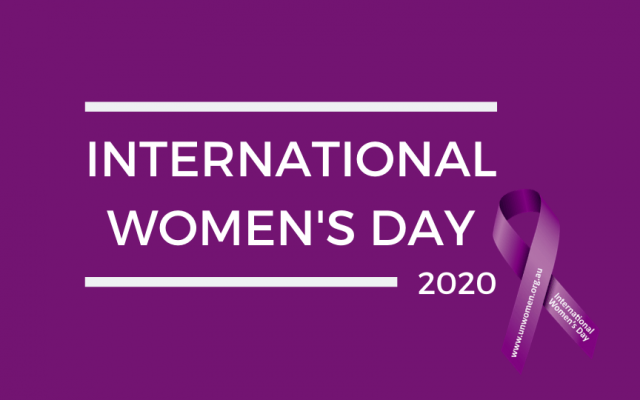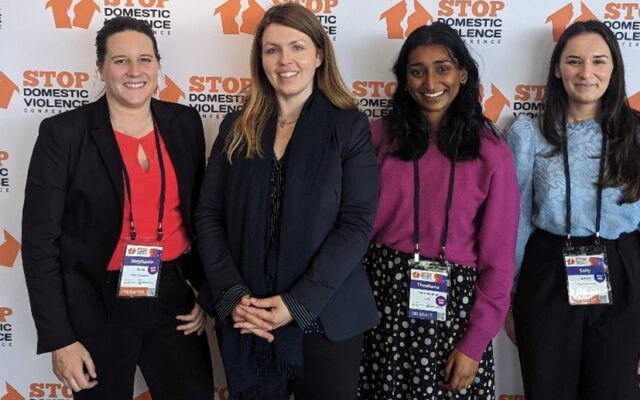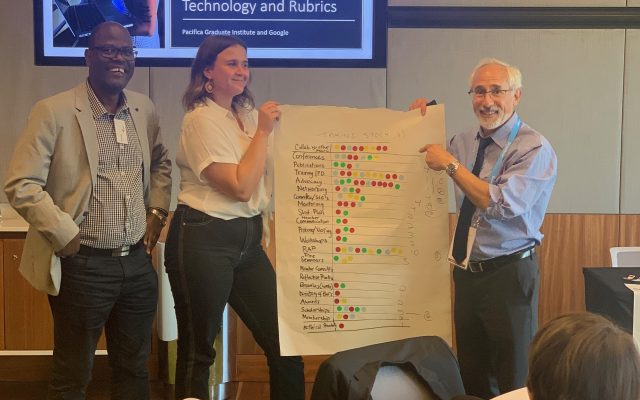
Everyone has a role to play- we can play that role better together
Ahead of World Suicide Prevention Day on 10 September, we sat down with our Senior Manager Sharon Marra-Brown to hear her perspectives on the theme this year ‘Everyone Has a Role to Play’. Sharon has been leading our team’s work on various evaluations of suicide prevention and postvention programs.
The amazing thing about the work we evaluators get to do is that – while we don’t actually do any of the work of suicide prevention – we get to talk to loads of people who are working in this space across all different sectors and walks of life. We get to hear about the many different projects and ways of working, and experience the doggedness and passion of people pursuing the work of preventing suicides.
We also have the privilege of hearing the experiences and insights of people with lived experience, and making sure their voices are reflected accurately in what we tell policymakers, program designers and decision-makers. An important aspect of this is our work with lived and living experience team members – who advise on inclusive design, support safe and inclusive engagement, and ensure findings are interpreted in context and lived experience perspectives clearly come through.
There is general agreement out there that everyone has a role to play in suicide prevention, but from the ‘bird’s eye view’ that we get through talking to all of these different people, it’s not enough that everyone has a role. What’s important is that people and sectors and programs are connecting and collaborating – not doing their work in silos and potentially duplicating efforts.
When people experience a suicide or suicidality, it’s often difficult for them to find supports that speak to their particular experience, and the part of their journey that they are currently in. There’s not always a joined-up way to access those different supports that are right for different people at different times. Suicide is caused by complex drivers – and requires complex responses that span so many systems – health, employment and economy, family and relationships, housing, and natural disaster response, to name a few. Additionally confounding for service providers in this space is that some service users have experienced further trauma through previous interactions with service systems. These are all huge barriers to creating supports across systems that work.
To end with a positive, though, more than in any other sector I’ve worked in, what is often the most impactful thing in the suicide prevention space is individuals. We so often hear that outcomes and collaborations come about through compassionate, committed and connected individuals. So, we wholeheartedly support that everyone has a role to play. But, with all these amazing individuals and organisations and programs out there, imagine the impact and reach that could be achieved through more connecting, collaborating and co-delivering.
If you want to learn more about ARTD’s with lived and living experience researchers, you can read the Working With Lived Experience Researchers Framework, which ARTD developed alongside peer researchers.




